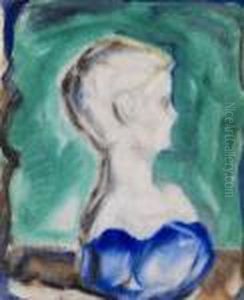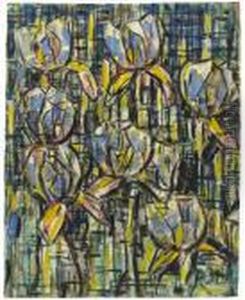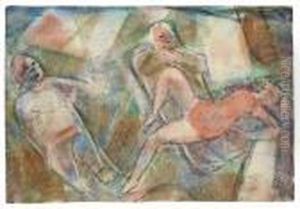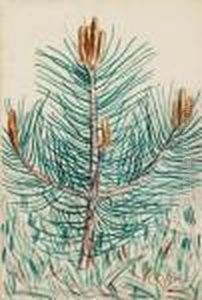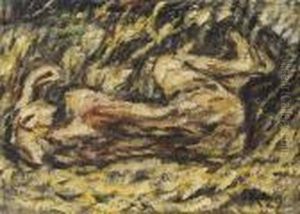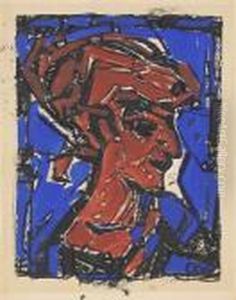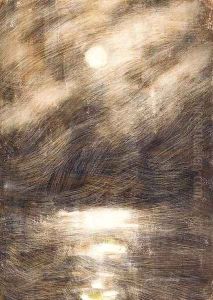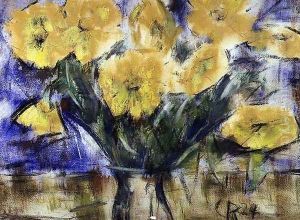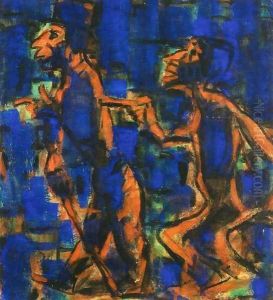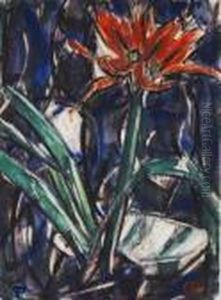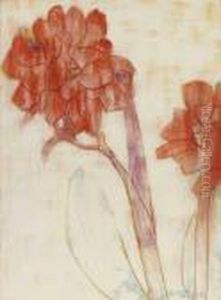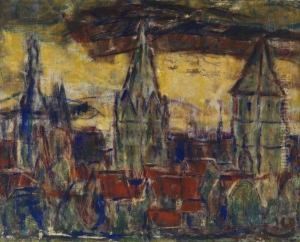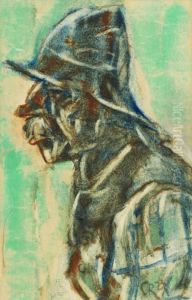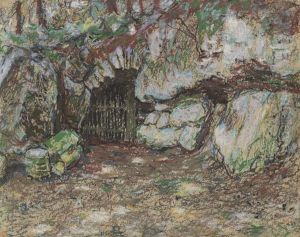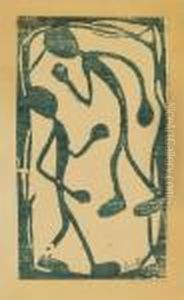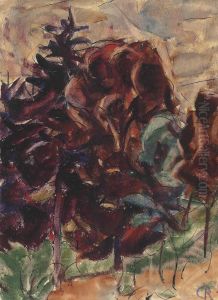Christian Rohlfs Paintings
Christian Rohlfs was a German painter, one of the important representatives of German expressionism in the early 20th century. He was born on December 22, 1849, in Niendorf in Holstein, Germany. Initially, Rohlfs worked in the styles of realism and impressionism, but his style evolved significantly over his long career.
In his early years, Christian Rohlfs studied art at the Grand Ducal School of Arts and Crafts in Weimar from 1870 to 1876. His early work was influenced heavily by the Weimar school of painting, which focused on the realistic depiction of landscapes and rural scenes. During this period, he painted primarily in the style of academic realism.
The turning point in Rohlfs's career came after he met the Norwegian painter Edvard Munch and the members of the Berlin Secession in the 1890s. These encounters, coupled with his interest in the works of Vincent van Gogh and the Fauves, led to a significant transformation in his painting style. By the 1900s, he had begun to adopt a more expressionistic approach characterized by bold colors, dynamic brushstrokes, and a less realistic depiction of subjects.
Christian Rohlfs's work gained wider recognition when he was invited by Karl Ernst Osthaus to move to Hagen and become part of the artists' colony associated with the Folkwang Museum. There, he became increasingly engaged with the expressionist movement and his work continued to evolve. His later paintings and prints display a dramatic use of color and form, and he is known for his landscapes, still-lifes, and depictions of the human form.
Rohlfs was a prolific artist and continued to paint until his death on January 8, 1938, in Hagen, Germany. Despite his late start with expressionism, Rohlfs is celebrated as one of its key figures, and his work is considered a vital contribution to the development of modern art in Germany. Over his lifetime, he witnessed and participated in the significant artistic transitions that led from realism to expressionism, and his body of work reflects these changes.






